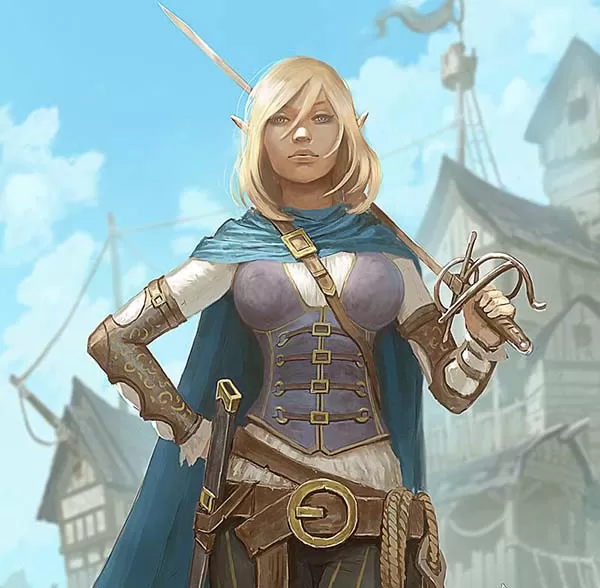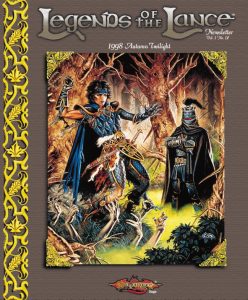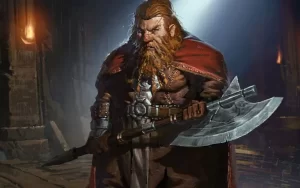
Striding the line between two realms yet belonging wholly to neither, half-elves embody the intriguing blend of their elf and human lineage: the insatiable curiosity, ingenuity, and drive of their human heritage, harmoniously melded with the elves' cultivated senses, deep reverence for nature, and refined artistic sensibilities. Some half-elves find refuge among human societies, forever marked by their ethereal differences, witnessing the passage of time upon friends and family while they themselves remain relatively untouched. Others seek solace with their elven kin, reaching maturity as those around them linger in childhood, ultimately growing restless within the ageless domains of elfkind. Many half-elves, feeling estranged from both worlds, embrace lives of lonely wandering or find camaraderie among fellow outcasts in the adventurous path.
To human eyes, half-elves bear the delicate beauty of elves, while elves perceive in them the robust form of humankind. They stand at a stature akin to both, neither as willowy as elves nor as robust as humans, ranging from under 5 feet to roughly 6 feet in height, and weighing between 100 to 180 pounds. The males may exhibit facial hair, occasionally growing beards to conceal their elven lineage. Their appearance, a complex mosaic of human and elven traits, manifests a diversity even more pronounced than that found within either race, often inheriting the captivating eyes of their elven progenitors.
The half-elves possess no lands to call their own, yet find acceptance within human cities and a more tentative welcome amidst the elven forests. In bustling metropolises where elves and humans frequently engage, half-elves may even gather in numbers sufficient to forge close-knit communities. Among their own kind, half-elves find true understanding, a shared experience of existence in the liminal space between two worlds.
In most regions, however, half-elves are a rare sight, and one might spend years without encountering another of their kind. Some embrace solitude, wandering the wilderness as foresters, hunters, or adventurers, returning to civilization only sporadically. Driven by an elven wanderlust borne of longevity, others plunge into the vibrant heart of society, wielding their charisma and social finesse in roles ranging from diplomats to charming tricksters.
Many half-elves cultivate an innate ability to forge connections, diffusing animosity and identifying shared interests. They radiate the grace of elves without the accompanying detachment, the vitality of humans devoid of their occasional coarseness. Excelling as intermediaries and ambassadors, they are sometimes met with suspicion by elves and humans, each side doubting their loyalty.
Half-elves, along with the other races described herein, are not commonplace. They are less widespread than dwarves, elves, halflings, and humans, and their existence is not universal across all D&D worlds. In the diverse urban centers, the appearance of even the most exotic races seldom causes a second glance. Yet, in the more insular hamlets and villages, reactions differ-there, common folk are unaccustomed to such sights.
Dragonborn
It is a common mistake to label a dragonborn a monster, especially if the scales hint at a chromatic lineage. Unless destructive behavior ensues, caution rather than terror is the usual response.
Gnome
Gnomes, with their non-threatening appearance and affable demeanor, often pique curiosity rather than hostility or fear.
Half-Elf
Though many have never laid eyes upon a half-elf, their existence is widely acknowledged. The arrival of a half-elf prompts discreet gossip and surreptitious glances rather than confrontation or overt curiosity.
Half-Orc
Common wisdom assumes that half-orcs are combative and temperamental. This belief leads to cautious interactions, with shopkeepers discreetly securing valuables and tavern patrons warily expecting an imminent brawl.
Tiefling
While half-orcs meet with pragmatic caution, tieflings evoke a more supernatural trepidation. The malevolence of their heritage manifests plainly in their visage, and most view them as devils incarnate. Signs of warding, avoidance on the streets, or even barring entry to shops may greet a tiefling's approach.






